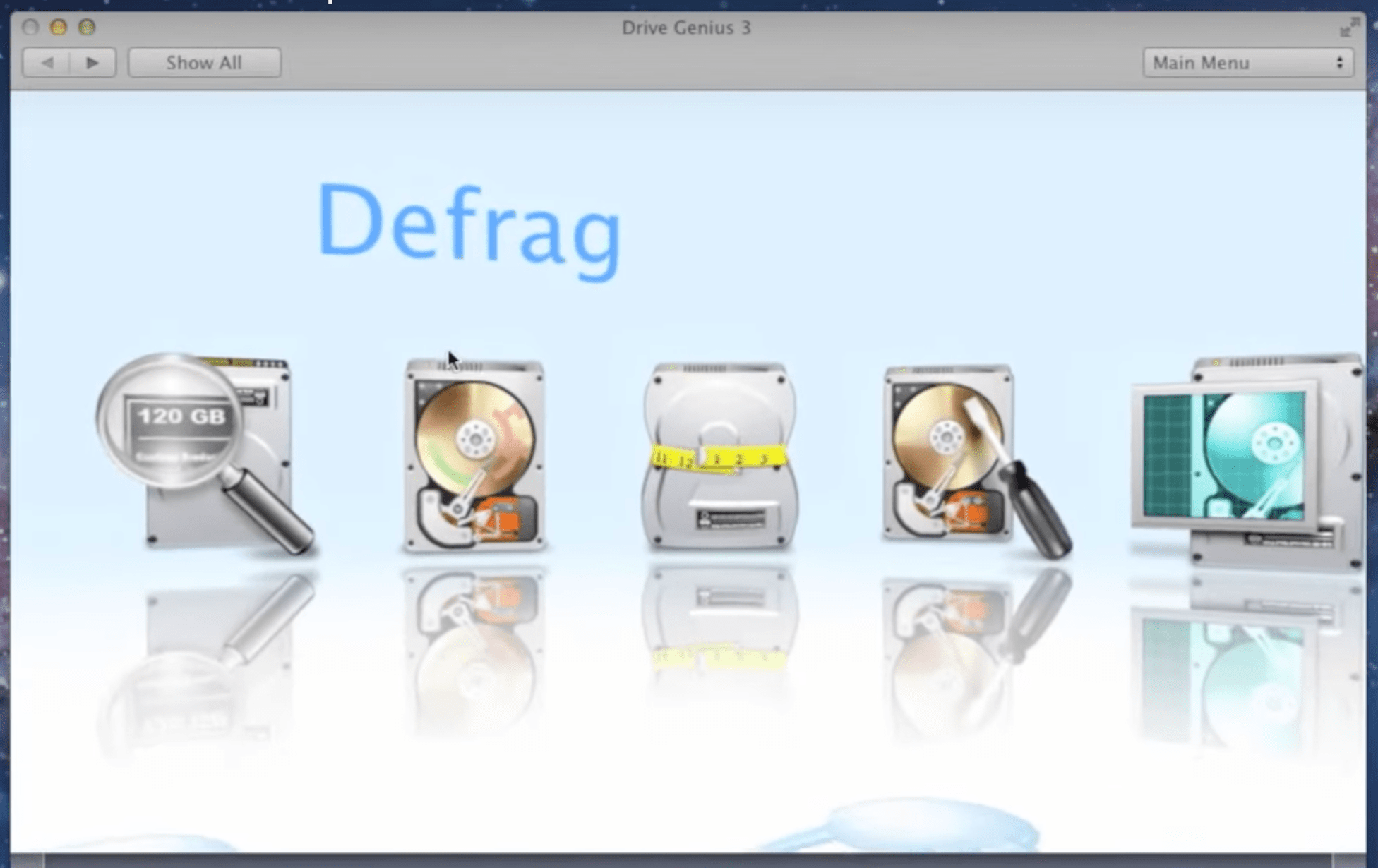DeFRaG Mac OS
#1 Mac Defragmenter. Make Your Mac Fast & Stable. Download Mac Defrag Software Now. (CLICK HERE TO START DOWNLOAD). Defrag mac hard drive is like a cleaner. As for Disk Defragmenter Mac, Mac runs with APFS (Apple File System) like HFS+ (Hierarchical File System). That means macOS writes small files in one batch to prevent fragmentation of disk storage. This is more difficult to defrag MacBook Pro.
“I have been a Windows user since the time I started using a computer. It was the first time that I got my hands on a Mac machine a few days back. I defragment my Windows hard drive at regular intervals to make my computer perform smooth. However, on Mac, I do not find a way to defragment the hard drive. What to do?”
This is a common problem with all new Mac users. If you are also trying to find a way to defragment your Mac hard drive, know that Mac OS X versions later than 10.2 do not need defragmentation. Apple has embedded inbuilt safeguards that prevent fragmentation. However, when updates, upgrades, installation or reinstallation take place, you might need to defragment it once in a few years. Here is a secure way that you can adapt to defragment your Mac hard drive.
Before initiating the process, know that only hard drives require you to defragment them, but not SSDs. Moreover, if bad sectors lie on the hard drive, speed degrades.
How to Defragment Mac Hard Drive
Step #1. Make your boot drive lighter by reducing the number of bulky files, such as movies and other video files. Reduce it to less than 50% because the first half portion of the drive is much faster than the second due to a large number of sectors.
It is not mandatory to bring your HDD space usage below 50%; however, doing so accelerates performance. Note that boot drive occupying more than 80% of the total disk capacity will not work. You can reduce files by using Activity Monitor. Also, reboot the drive on completion of the process.
Step #2. Arrange a blank fresh external drive and clone the boot drive of your Mac OS X. You can use Mac backup software Carbon Copy Cleaner to clone the drive.
Step #3. Press and hold option/alt key down to reboot your system. You are now ready to use clone to boot up your computer by using the Startup Manager. Check for some time whether the clone is working fine. If any issues are found, report them.
Step #4. When you use clone to boot, erase the internal boot partition or the complete drive by using the Disk Utility if Boot camp partition is not available. Doing so will set all the bits to ‘zero’. Moreover, if bad sectors are found on the partition, map them off so that no data can be written on them ever.
It is worthwhile to do so because it takes longer to read from bad sectors. Make sure not to move the hard drive while it is in action.
Step #5. Once you are done with the previous step, clone your external partition onto the internal partition. Following, execute Disk Utility and Repair Permissions on both the partitions as well as all aspects of Onyx, which is used to clean the caches and rebuild them.
You will now be able to solve the following in a single batch:
How To Run A Disk Defrag Mac Os X

Mac Disk Defrag
- Bad sectors problem
- Corrupt caches problem
- Defragmentation problem
- Boot camp partition problem
It is great to have a bootable backup.
If you find that speed degrades after updating, upgrading, installing or reinstalling the software, you can perform clone or reverse clone to solve the problem.
Well, you may also find that the given procedure did not work successfully and performance is still the same. It may be due to the following reasons:
Defrag This Computer Now
- Insufficient space in RAM
- Failed hard drive
- Unupdated OS X version
It was all about how you can remove the fragmentation from a Mac hard drive.
Do share your feedback with us in the comment below.